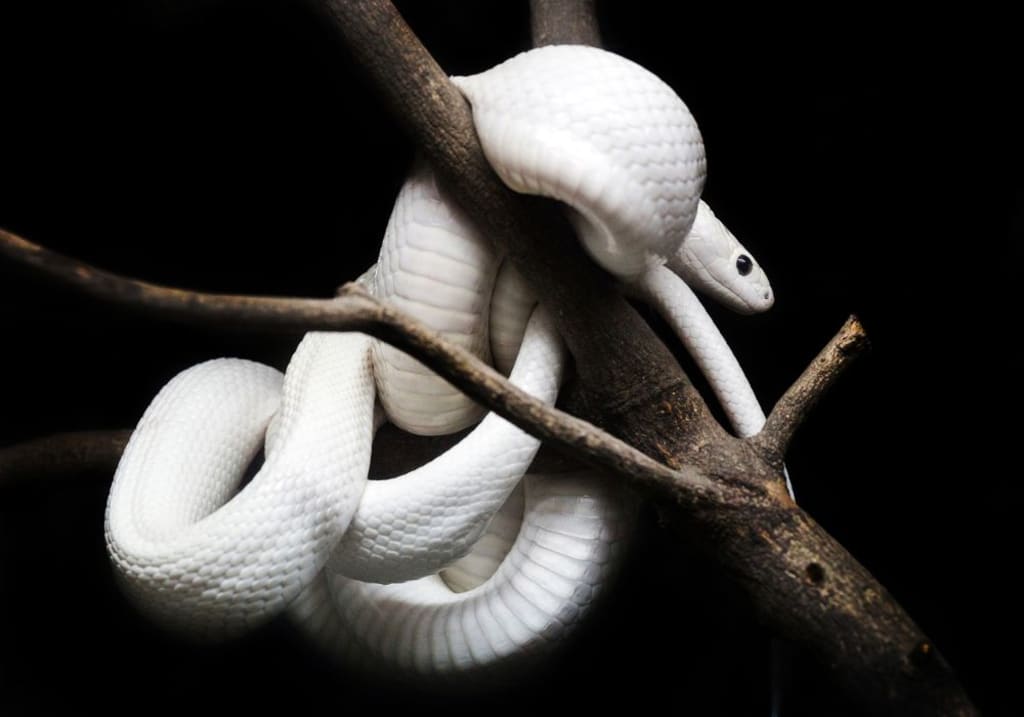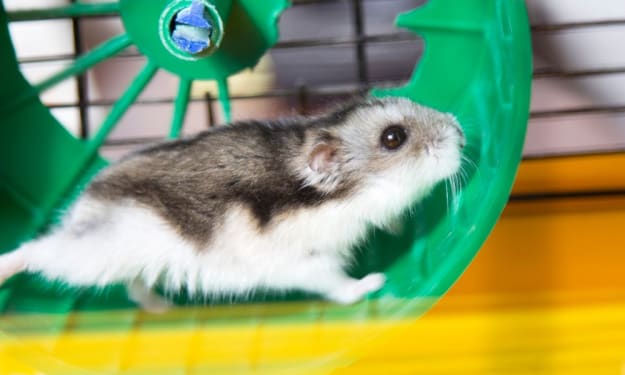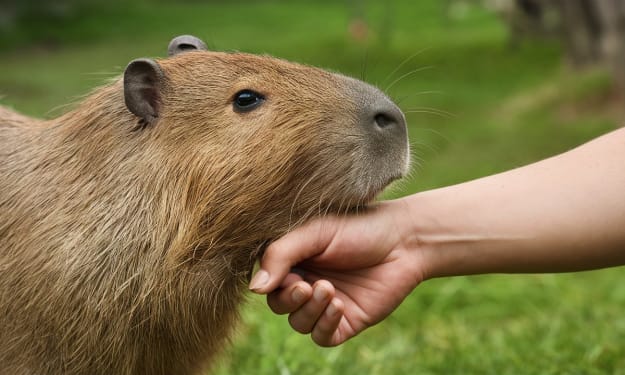Optimizing Humidity in Your Snake's Habitat
The Ultimate Guide to Choosing the Right Bedding

Maintaining Proper Humidity Levels for Your Snake's Health and Wellbeing
Providing the right humidity levels is crucial for the health and wellbeing of your pet snake. Improper humidity can lead to a variety of issues, from respiratory infections to shedding problems. As a responsible snake owner, it's important to understand the role of bedding in controlling humidity and how to optimize it for your snake's specific needs.
In this comprehensive guide, we'll explore the key factors to consider when selecting the perfect bedding for humidity control, as well as practical tips and techniques to maintain the ideal humidity levels in your snake's habitat.
The Importance of Humidity for Snakes
Snakes are ectothermic, meaning they rely on their environment to regulate their body temperature and other physiological processes. Humidity is a critical component of a snake's habitat, as it affects their ability to shed, breathe, and maintain proper hydration.
Ideal humidity levels can vary depending on the snake species, but generally, most snakes thrive in an environment with 50-80% humidity. If the humidity is too low, snakes may experience dehydration, respiratory issues, and difficulty shedding. Conversely, if the humidity is too high, they can be susceptible to skin infections, scale rot, and other health problems.
Maintaining the right balance of humidity is essential for your snake's overall well-being and longevity.
Factors to Consider When Choosing Bedding for Humidity Control
When it comes to controlling humidity in your snake's habitat, the choice of bedding is a crucial factor. Different types of bedding have varying moisture-retaining properties, which can significantly impact the humidity levels in the enclosure. Here are some key factors to consider when selecting the right bedding for humidity control:
- Absorbency: The bedding's ability to absorb and retain moisture is crucial for maintaining optimal humidity levels. Highly absorbent materials, such as coconut fiber or sphagnum moss, can help regulate humidity by slowly releasing moisture into the air.
- Particle Size: The size of the bedding particles can also affect humidity. Finer substrates, like cypress mulch or reptile bark, tend to hold more moisture compared to coarser materials, like sand or gravel.
- Depth: The depth of the bedding can influence humidity levels. A deeper layer of absorbent bedding can help create a more stable and consistent humidity environment.
- Ventilation: The amount of airflow in the enclosure can impact humidity. Well-ventilated habitats may require more moisture-retaining bedding to maintain the desired humidity levels.
- Species-Specific Needs: Different snake species have varying humidity requirements based on their natural habitats. Carefully research the optimal humidity range for your snake's species and choose the bedding accordingly.
Top Bedding Options for Humidity Control
Now that we've covered the key factors to consider, let's explore some of the best bedding options for maintaining optimal humidity levels in your snake's habitat:
- Coconut Fiber (Coco Coir): Coconut fiber is a highly absorbent and moisture-retentive substrate that can effectively regulate humidity. It holds water well and slowly releases it into the air, making it an excellent choice for humid-loving snakes.
- Sphagnum Moss: Sphagnum moss is another highly absorbent bedding option that can help maintain high humidity levels. It's particularly useful for snakes that require very humid environments, such as tropical species.
- Cypress Mulch: Cypress mulch is a popular choice for snake owners due to its ability to hold moisture and its natural antimicrobial properties. It can help create a stable humidity environment while also providing excellent insulation.
- Reptile Bark: Reptile bark, such as fir or aspen bark, is a versatile bedding option that can help control humidity. The bark's porous structure allows it to absorb and release moisture, making it a suitable choice for a wide range of snake species.
- Peat Moss: Peat moss is a highly absorbent and moisture-retentive substrate that can be beneficial for maintaining humidity levels. However, it's important to ensure proper ventilation to prevent the enclosure from becoming too damp.
When using any of these bedding options, it's crucial to monitor the humidity levels closely and make adjustments as needed to ensure your snake's optimal health and comfort.
Techniques for Maintaining Optimal Humidity Levels
Selecting the right bedding is just the first step in controlling humidity in your snake's habitat. Here are some additional techniques and tips to help you maintain the ideal humidity levels:
- Misting: Regularly misting the enclosure with dechlorinated water can help increase humidity levels. Be sure to mist the bedding and decorations, not directly on the snake, to avoid stress.
- Water Dishes: Placing water dishes, especially on the warm end of the enclosure, can help increase humidity through evaporation.
- Humidifiers and Foggers: Investing in a reptile-specific humidifier or fogger can be an effective way to precisely control and maintain the desired humidity levels.
- Ventilation Management: Adjusting the enclosure's ventilation can help regulate humidity. Partially covering the top or using a humidity-retaining lid can help retain moisture, while increased airflow can lower humidity levels.
- Monitoring and Adjustments: Regularly monitoring the humidity levels with a reliable hygrometer and making adjustments to the bedding, water sources, or ventilation as needed is crucial for maintaining the optimal humidity range.
Remember, the specific humidity requirements may vary depending on the snake species, so it's essential to research and cater to your snake's individual needs.
Conclusion
Maintaining the right humidity levels in your snake's habitat is a critical aspect of responsible reptile ownership. By carefully selecting the appropriate bedding and implementing effective humidity control techniques, you can create a thriving environment that supports your snake's health and well-being.
Remember, every snake is unique, so it's essential to monitor your pet's behavior and adjust the humidity levels accordingly. With the right knowledge and a little bit of experimentation, you can ensure your snake's habitat is perfectly optimized for their specific needs.
About the Creator
Hasan
Welcome...
In this site of mine you can learn amazing things and many information that you don't know so please subscribe to my site.
Enjoyed the story? Support the Creator.
Subscribe for free to receive all their stories in your feed. You could also pledge your support or give them a one-off tip, letting them know you appreciate their work.






Comments
There are no comments for this story
Be the first to respond and start the conversation.